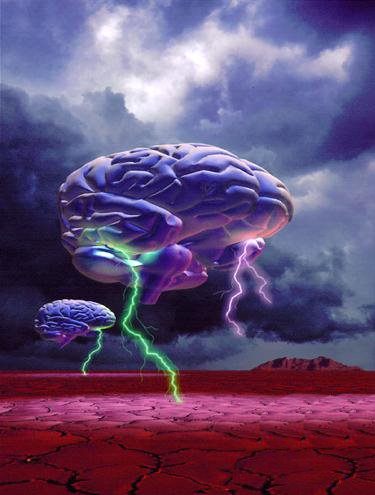Can your artwork
pass the “Ugly” test?
Before graphic artists had computers they had pencils, pens and coloured markers. When I would ask one to bring me some concepts for a job, I first got to look at a set of quick sketches called ‘thumbnails.’
“I like those two,” I’d say, “and that one there.”
A day or so later the artist would be back to me with the three concepts I’d picked, done up this time as quick and dirty colour sketches—’marker roughs’ we called them.
 “Now that’s the one I really like,” I’d say, pointing to the one I really liked. And the artist would go away again and come back a few days later with a ‘comp’ or a ‘tight comp’. Now, these comps were presentation quality, something you could show to a client. Once the client had done his obligatory finnicking with the design, we would then produce finished artwork ‘mechanicals’, and fairly soon after—once all the client approvals were in—we would print the piece.
“Now that’s the one I really like,” I’d say, pointing to the one I really liked. And the artist would go away again and come back a few days later with a ‘comp’ or a ‘tight comp’. Now, these comps were presentation quality, something you could show to a client. Once the client had done his obligatory finnicking with the design, we would then produce finished artwork ‘mechanicals’, and fairly soon after—once all the client approvals were in—we would print the piece.And you know, that finished, printed piece never looked as good, as dynamic, as alive, as any of the sketches or comps. There’s something about the rough, unfinished artwork that’s just more interesting, more human, than the perfect final product. That’s something I miss now that every graphic artist has Adobe Illustrator, PhotoShop and other graphic design programs. And it leads me to the sense behind the direct marketing maxim: “Ugly Sells!”
Someone has advanced the theory that presenting rough work to the client lets them feel the design isn't set, so they still have time to make their own suggestons and changes. Makes sense, though I have no proof.
The Hacker Group, a direct marketing firm in Seattle, claims to have done a test with a job, in which they had 50,000 pieces printed in perfect colour, and another 50,000 printed out of register, so that the images were blurry (the way a lot of newspapers print colour photos). They then mailed the 100,000 pieces randomly to their mailing list and... got 25% more responses to the imperfect pieces! So far as I know, nobody has ever investigated why the Hacker Group got that result. But all the same, I’m encouraged by that results:
It tells me we still prefer the rough edges of other humans to the pristine perfection of machinemade.
It tells me we don’t have to fret and fume and rake suppliers over the coals because of a tiny bubble, smear, blemish, or other small imperfection in the artwork.
Truth number one is that the ultimate consumers of those finished pieces —the prospects or target audience—just don’t notice the kinds of details that anal art directors and vainglorious clients do.
Truth number two is that even if the audience does notice, they’ll probably like it more and respond in greater numbers.


0 Comments:
Post a Comment
<< Home